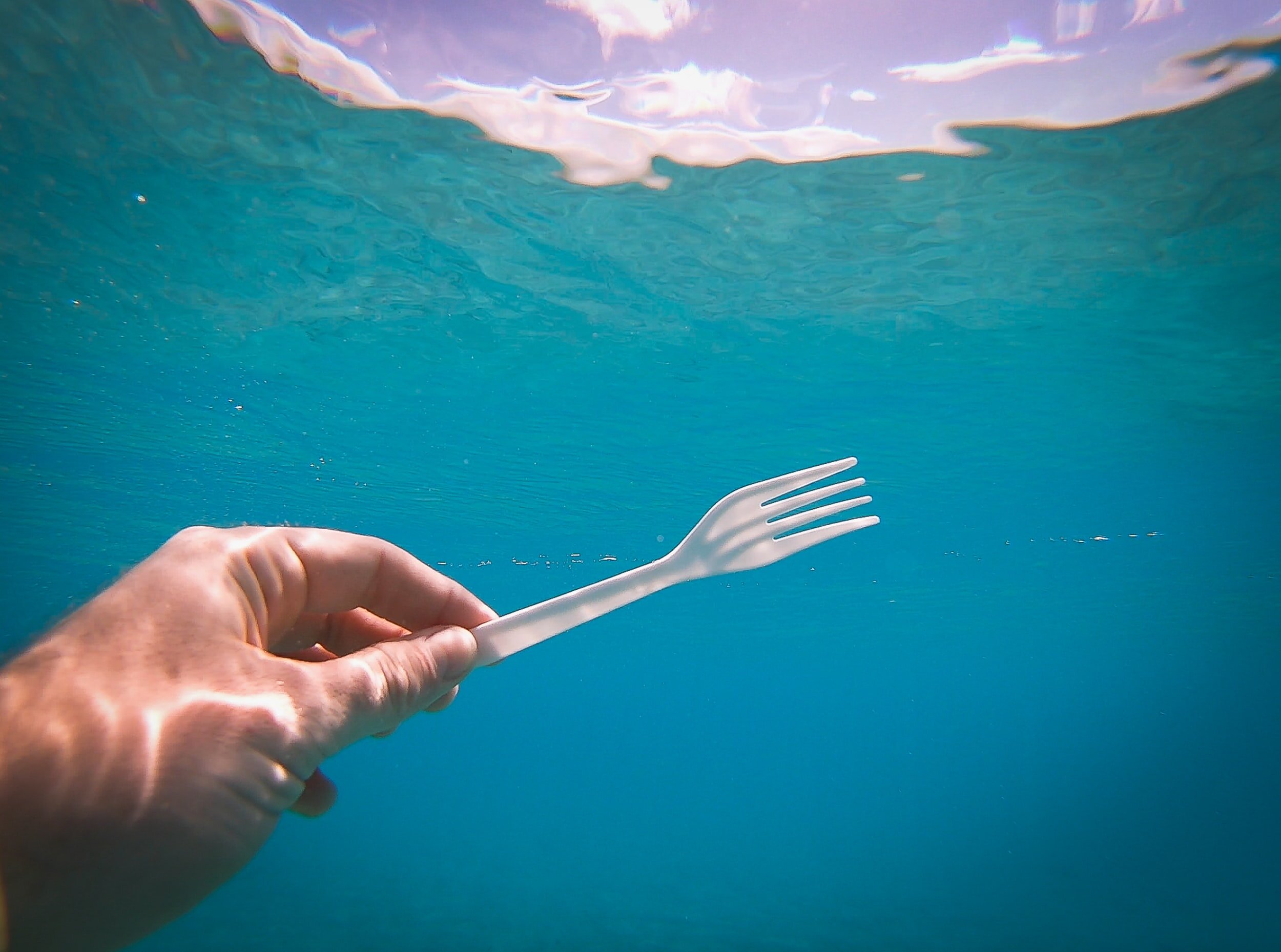“You Will Love the Ocean. It Makes You Feel Small. But Not In a Bad Way. Small Because You Realize You’re Part of Something Bigger.”
In celebration of World Ocean Day 2021, we would like to share with you 5 mind-blowing facts about our ocean: for example, did you know it provides more than half the oxygen we breathe?
Read on if you want to learn more!
THE OCEAN COVERS 70 PERCENT OF THE SURFACE OF OUR PLANET.
The ocean is a huge body of salt water that covers about 71 percent of the Earth’s surface. The planet has one global ocean, though oceanographers and the nations of the world have divided it into distinct geographic regions: the Pacific, Atlantic, Indian, and Arctic oceans.
Though the oceans cover more than 70 percent of Earth, only 20 percent is visible to us. So we are usually only able to see the water at the surface, and not the other 80 percent - which is most of it that’s below.
THE OCEAN IS HOME TO 94% OF ALL LIFE ON EARTH
Our oceans cover more than 70 percent of the Earth’s surface and so it comes to no surprise that more than 90% of all living creatures call this place home. Scientists estimate that about one million species of animals live in the ocean. However, most of them—95 percent—are invertebrates, animals that don’t have a backbone, such as jellyfish and shrimp. The most common vertebrate on planet Earth is, indeed, a fish: the bristlemouth, a tiny ocean fish that glows in the dark.
The ocean is home to some of the smallest animals on Earth. Zooplankton, for example, are sea animals so small you can see them only with a microscope. Nonetheless, the ocean is also home to the largest animal ever to live on Earth: the blue whale that is as long as two school buses!
THE OCEAN REGULATES CLIMATE
The ocean acts as a global climate control system: it regulates the concentration of CO2 in the atmosphere by absorbing, storing and releasing the greenhouse gas in a variety of ways and places, thereby affecting Earth's climate.
It contains 50 times more carbon than the atmosphere, therefore, acting as an enormous storehouse. So far, it is estimated that the ocean has taken up about 30 percent of all CO2 emissions from human activities in the past 200 years, but eventually, it will absorb much more.
If we keep on emitting so much carbon and the ocean keeps storing it, this will lead to changes in water temperature, ocean acidification, and deoxygenation, leading to changes in oceanic circulation and chemistry, rising sea levels, increased storm intensity, as well as changes in the diversity and abundance of marine species.
THE OCEAN IS HOME TO THE WORLD'S LARGEST LIVING STRUCTURE
The world's largest living structure isn't an enormous copse of trees or even a massive fungus—it's the Great Barrier Reef off the coast of Australia.
So huge it can actually be seen from outer space. This reef structure is composed of and built by billions of tiny organisms, known as coral polyps. It is home to a unique range of ecological communities, habitats and species – all of which make the Reef one of the most complex natural ecosystems in the world.
The biggest threat to this gargantuan ecosystem is climate change that means warmer water temperature that has a devastating effect on corals.
Climate change and plastic pollution are actually interconnected: indeed, according to the Guardian, by 2050 plastic will be responsible for 13% of the carbon budget: that's the equivalent of 615 coal-fired power plants running at full capacity!
THE OCEAN PROVIDES MORE THAN HALF OF THE OXYGEN WE BREATHE
Scientists estimate that 50-80% of the oxygen production on Earth comes from marine photosynthesis.
The majority of this production is from oceanic plankton — drifting plants, algae, and some bacteria that can photosynthesize. Indeed, the surface layer of the ocean is teeming with photosynthetic plankton that can produce more oxygen than the largest redwoods. Quite amazing, right? 😮
When we protect the ocean, we are protecting an ecosystem that gives us the oxygen we breathe and is pivotal in regulating climate and reduce climate change impacts. We should never forget that!
BONUS (NOT SO ENCOURAGING) FACT
Here’s one fact we would never like to include: every year, 8 million metric tons of plastics enter our ocean on top of the estimated 150 million metric tons that currently circulate our marine environments. The majority of this plastic is low-value, single-use plastic like food wrappers, plastic bottles and lids. This plastic can harm marine life.
But here’s a piece of good news: positive change is happening and all over the world solutions to the plastic crisis are emerging. And so did we: our plastic offsetting strategy allows individuals like you to compensate for your plastic use and help us in our clean-up effort of Indian coastal areas, you can learn more about it here.














